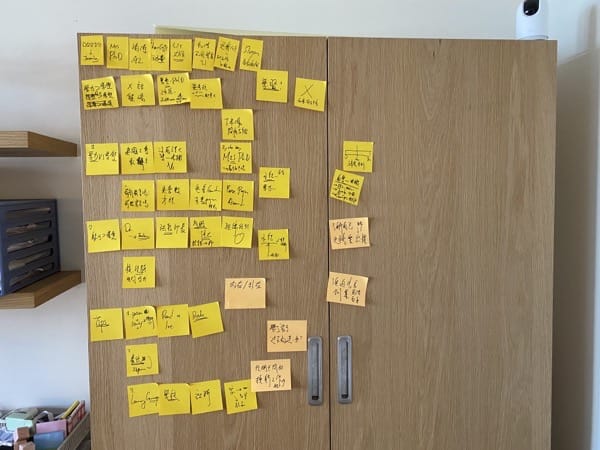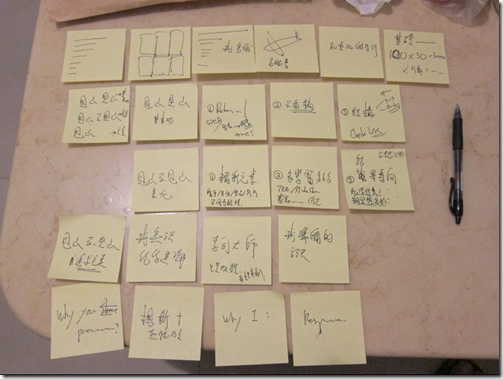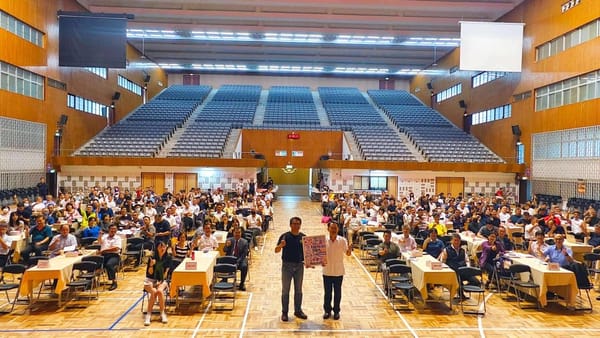From Lack of Engagement to Immersion - Techniques for Delivering a Speech to High School Students: Gamification
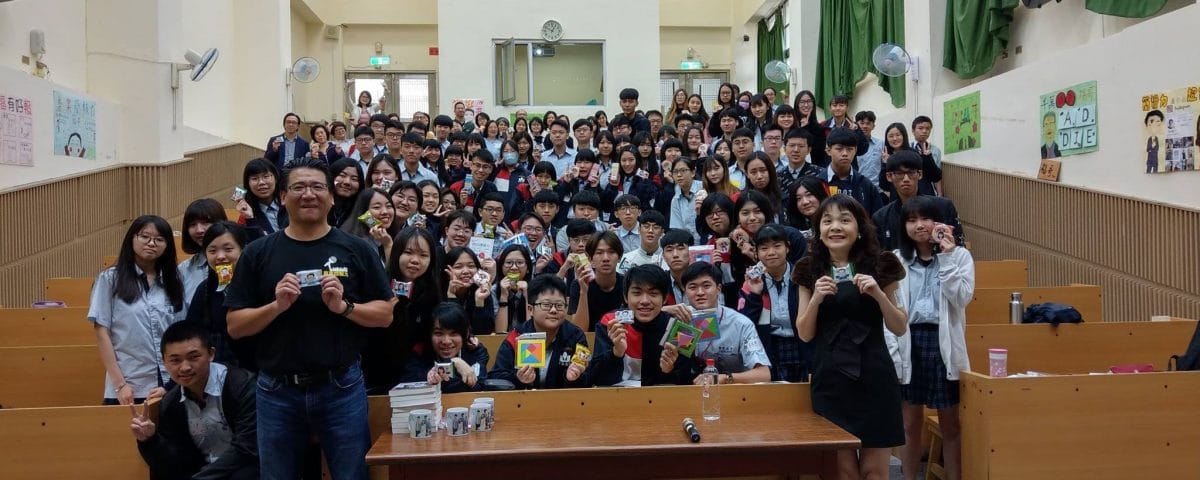
Delivering a speech to recently announced high school students, who are still dealing with the emotions of their college entrance exam results, presents a significant challenge. How can we quickly deliver a speech that not only provides reassurance but also inspires them? As someone who usually delivers speech to adult within the corporate world, this was truly a new challenge for me. However, it seems I did well! As one student put it, "I walked into the audio-visual classroom with tears still in my eyes in the morning but left with a satisfied smile" (quoted from student feedback). There was even a student who expressed in their post-session reflection, "Your words gave me great motivation and inspiration... It's a lifetime blessing to have the opportunity to hear your speech!" (Reflection shared on Facebook, rest assured it has nothing to do with grades XD). How was this type of learning experience created? Let me recreate the scene and break it down step by step, so you can understand my thought process behind delivering a speech. Perhaps in the future, you will also have the opportunity to create remarkable speeches or courses for different audiences.
Change Perspectives, Predict Outcome
Before every class or presentation, I always take a moment to imagine, "If I were a student sitting in the audience, what would I be thinking? What takeaways would I hope to gain from this experience?" Adopting this perspective can be highly beneficial when planning and setting goals for the session. Reflecting on my own high school days, I imagine facing a middle-aged speaker on stage and contemplating:
"Who is this person? Is their content worth listening to?"
"Are they here to preach at us?"
"Can I apply their experiences to my own life? How would it benefit me?"
"Can I realistically achieve what they're sharing, or is it only attainable for a select few?"
With this exercise in empathy, I quickly realize that the content I previously prepared for corporate training programs wouldn't resonate with high school students. It would seem too distant from their current reality. Having just finished their college entrance exams, they may not even know which university they'll attend. Sharing workplace or societal experiences would feel far removed. If I were to proceed with such content, they might acknowledge my expertise, but it wouldn't be helpful to them. Therefore, I need to consider the points of connection and reflect on the influential concepts that shaped my journey from high school to the present. Instead of lecturing, I must engage them by inviting their participation in key decision-making moments in my life. Through interactive discussions and simulations, they can gain a more authentic and relatable experience.
Lastly, it's crucial to provide practical everyday techniques that they can genuinely use and take with them, rather than leaving it as a mere lecture.
With these thoughts in mind, I begin investing time into designing this two-hour presentation.
Grabbing Attention and Establishing Credibility
Whether it's high school students or professionals, the first few minutes of a class or presentation are crucial in immediately capturing everyone's attention. Otherwise, distractions like smartphones may make it difficult to regain their focus. It's not just about grabbing attention; it's also about establishing credibility and conveying the value of the session, making everyone feel like it's worth their while.
I showcased several guest speakers I had invited before, including dietitan, dentist, orthopedicist, Spanish teacher and physical therapist. By refreshing everyone's memory and mentioning these individuals, I pointed out two commonalities: first, they are all friends of mine, and second, they have attended my training courses, which essentially makes me "their teacher" (please forgive me, esteemed teachers, for the effect I created in front of the students XD). With this introduction, everyone's eyes lit up.
Next, I engaged the audience by asking them to guess which of the teachers in the pictures, including myself, had the worst grades in high school. The answer, of course, was me! I showed pictures of myself during my vocational college years, as a construction site supervisor, and as an insurance agent, followed by a comparison with my current appearance (quite a contrast, don't you think? I mean, in terms of physique XD). The students found it more interesting and quite a drastic change. Some even exclaimed, "A- fu used to be so skinny!" (Come on, I quickly replied, "I'm still skinny now! Just with an additional 30 kilograms! Don't laugh, my dear classmates, you'll become a 'well-rounded' adult just like me in 10 years!" XD).
With such an opening, students became curious about my "superstar" teachers and how I went from being an underachiever in high school to where I am now. Their attention immediately focused on me, didn't it?
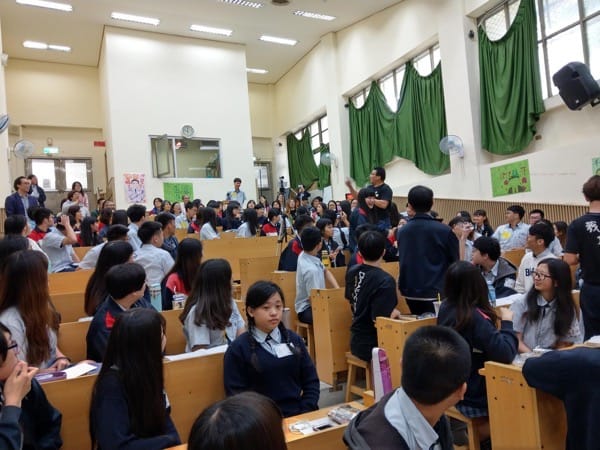
Decision-making and Constructing Learning
When we were young, we often carried a rebellious attitude, thinking, "I already know all this... Stop nagging!" Despite our well-intentioned advice, it was often perceived as preaching. I don't want to spend my time in high school listening to a nagging uncle! Words spoken may be forgotten, but what about active participation in decision-making? Perhaps that's what helps us remember things better?
With this idea in mind, I turned several important decision points from my youth into multiple-choice questions with three options. For example, during my first year in vocational college, I was interested in computers and seriously considered, "Should I change my major?" The options were "Definitely switch," "No, it would be a waste of a year," and "Double major." I posed the question to the high school students in the audience. The discussions erupted with everyone expressing their opinions passionately! Some said, "Definitely switch" (now I know the answer, but back then, I had no clue!), and others said, "Double major" (if only I had been that serious when I was young!). Finally, I revealed my choice: "No, it would be a waste of a year." The students found it amusing and thought I was naive (Wait, wasn't I their teachers' teacher?!). However, it helped them understand that everyone has limited perspectives when they are young. Instead of lecturing, the students could experience and deeply feel it themselves.
Similar decision-making scenarios included "Finding my first job," "Whether to switch jobs," and "My mother's opinion." Instead of providing the answers upfront, I invited the students to participate in the decision-making process. Afterward, we revealed the actual answers. It didn't matter if their choices were right or aligned with mine. Every decision became a learning opportunity. The group decision-making and learning process fostered tremendous engagement and joy among the students!
Condensing Experiences, Summarizing Key Points
To enhance the focus of learning and ensure that students take away what I want them to, I not only involve them in decision-making but also share my life experiences. In the end, I condense these experiences into "one sentence" to provide children with a concentrated and essential learning point.
For example, I shared how even though I couldn't bear to waste a year during my vocational college years by switching to an information-related major, I continuously learned about computers, built websites, and authored computer books. Eventually, when I approached the age of 40, almost 20 years later, I went back to school and earned a doctoral degree in "Information Management." Seizing the moment when students expressed astonishment, I condensed it into one sentence: "Don't let a degree limit your learning!" I hope that regardless of the degree they pursue or the school they attend (as I know their high school exam results have just been released), they won't allow external factors to restrict their learning. This sentence became one of the most memorable phrases in the students' reflections.
In alignment with career choices, I mentioned the importance of being brave but not impulsive, and of gaining the trust of family while following one's own path. After sharing experiences and showcasing real photos, I emphasized and condensed these key points. From the students' reflections and takeaways following the speeches, I knew they took something with them. Here are a few examples:
"I loved the sentence 'You don't have to fall in love with school, but never stop learning.' It's my favorite from this speech, and it resonates deeply with me." - Student Dai.
"To be honest, I wasn't in the mood to focus and listen attentively to this hard-earned speech. But magically, after hearing Uncle Fu's humorous opening remarks, I gradually shook off my previous unpleasant mood and followed A-fu's step by step into his three moving stories." - Student Du.
"Listening to A-fu's speech helped me gain a clearer direction for my future university choices." - Student Chang.
"What impressed me the most was the choice to be brave but not impulsive." - Student Shang.
"However, after A-fu started his speech, the atmosphere he created instantly drew me in, causing me to forget my previous unhappiness." - Student Wang.
"This speech was different from others that are usually very serious; it made me laugh while teaching me lifelong lessons." - Student Ye.
"After listening to A-fu's speech, I became more certain of my own willpower and affirmed my own value. Your words gave me great motivation and inspiration."
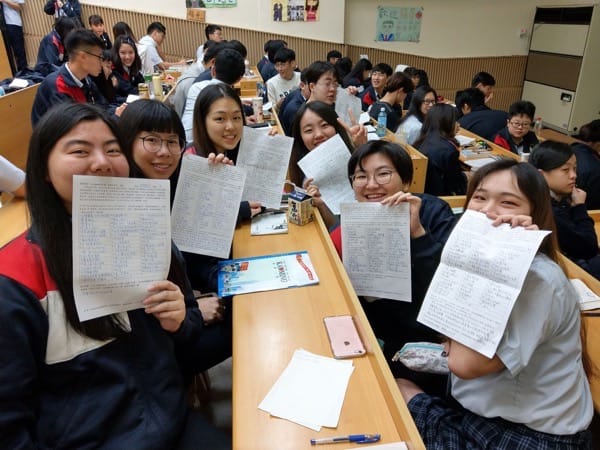
Pre-class and Post-class Implementation Exercises
I am well aware that sometimes there can be a disconnect between being moved in the classroom and taking no action once back home. To ensure that students truly take something away from this speech, I collaborated with Fairy Teacher to design different learning activities for both before and after the class. One of these exercises was the "50 Life Dreams" practice. If it were only discussed in the classroom, it would merely be glanced over without deep understanding. So, I asked Fairy Teacher to treat it as a worksheet and had students practice writing their dreams before the speech. Here are some student reflections:
"The exercise of 'writing down the 50 things I most want to accomplish in life' made a deep impression on me, and it made me want to work hard to achieve them. I stopped at around 40-something dreams..."
"The seemingly easy worksheet ended up taking me nearly two hours. I thought I could finish it easily, but by the time I reached the 36th dream, I couldn't think of any more. My mind was completely tied up..." - Student Liu.
"While writing the fifty dreams, I remembered my desire to study in Germany... Staring at the remaining empty spaces, I took a deep breath and told myself, 'Give it a try, write it down.'" - Student Liu.
Of course, I also want to express gratitude to Fairy Teacher for encouraging students to think broadly, and through the process of inviting me, they did their own homework and even made thoughtful cards. The focus isn't on the external forms, but rather on designing activities that engage students' hearts. This approach leads to better overall learning outcomes.
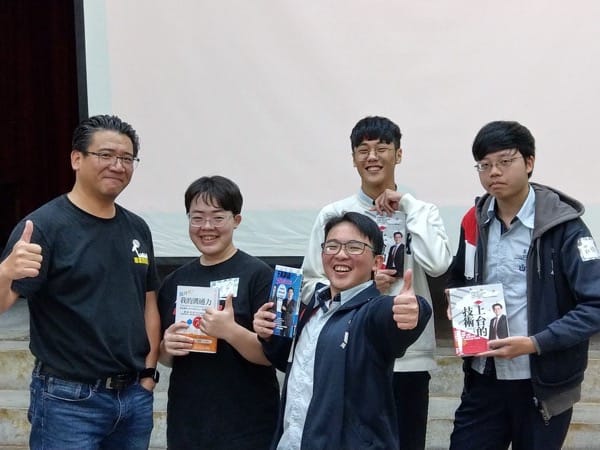
Conclusion
In this brief reflection on the speech given to high school students, I revisited the reflections written by the students and even read the heartfelt thoughts of teacher yu's daughter,Ann, who wrote, "Our success is determined by ourselves, and no one can decide everything for us." She also noticed, "I discovered that Uncle Fu and our mom are alike. They both divide the groups, choose group leaders, and select a student responsible for keeping score. They almost use the same approach"(Haha, you caught me!). It made me realize that the effort I put into preparing for this speech was truly worthwhile.
The important question is: Did you notice which learning theories we applied throughout the entire speech? How did we guide the students into the learning context? Why did these actions prove effective for students who were feeling down and not in the best state of mind after their examination results? And how can we explain it using learning theories?
We will delve into these topics in future articles, so stay tuned!

